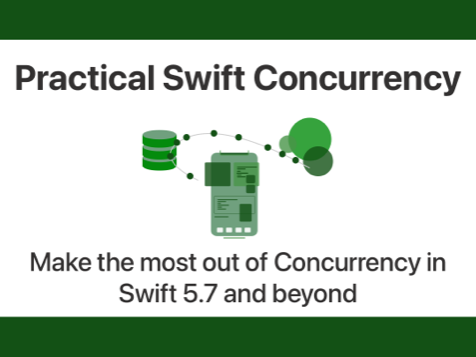Using Result in Swift 5
Published on: March 2, 2020As soon as Swift was introduced, people were adding their own extensions and patterns to the language. One of the more common patterns was the usage of a Result object. This object took on a shape similar to Swift’s Optional, and it was used to express a return type that could either be a success […]
Read post

